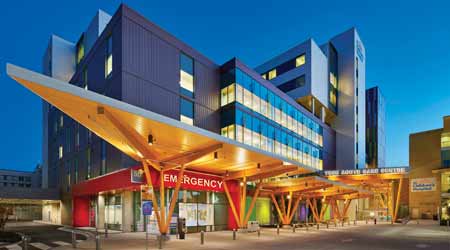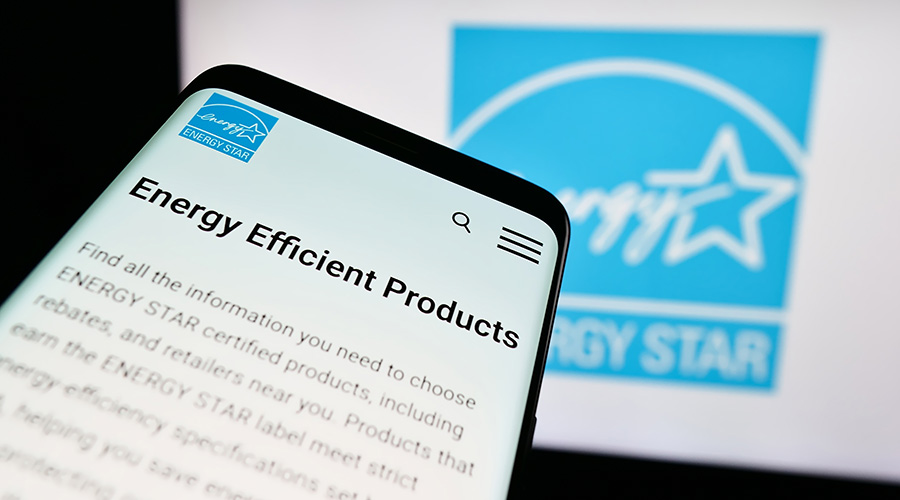 The Teck Acute Care Centre at BC Children’s Hospital, which opened in 2017 in British Columbia, maintains a three-day supply of potable water for all hospital functions in the event an emergency cuts off municipal water.Ed White Photography, courtesy ZGF Architects
The Teck Acute Care Centre at BC Children’s Hospital, which opened in 2017 in British Columbia, maintains a three-day supply of potable water for all hospital functions in the event an emergency cuts off municipal water.Ed White Photography, courtesy ZGF ArchitectsThe Real Cost of Water Highlights Importance of Water Efficiency
Best practice: Use submeters and water management software to understand how your facility uses water. This can help you understand where reducing water use can result in real savings.
In addition to understanding the exposure to risk of their water supply, experts say that facility managers need to understand how much and how water is used in their facilities. This is an area most facilities don’t have good visibility into, for a few reasons. Sometimes the utility bills are not paid directly by the facility department, so it’s hard to have a sense of gallons in and gallons out. “Look at the bill,” says Howard. “Find out what’s on the bill. Find out what the water usage is. What the sewage charges are. Find out if you have a stormwater fee.”
What’s more, compared to electricity, water is very inexpensive, creating another disincentive to keep very close tabs on it. In Chicago, for example, water costs have gone up 330 percent since 2002, but they’re still ten times less expensive than electricity costs, says Mike Stopka, buildings and built environment lead at Delta Institute.
Another issue that makes water-use data hard to come by is that facilities are often not metered adequately. One meter may serve several buildings, and there are probably few if any water submeters in place. Without adequate metering in place, says Stopka, institutions are charged for their water based on estimates of what they’ve used in the past or what an institution of their size would typically use. Those numbers “may not match their actual water use,” he says.
This makes it difficult to understand who is using how much water and for what. Experts recommend large loads, like chillers, be submetered. The tighter the water data can correlate to the particular use, the easier it will be to evaluate and manage the amount of water being used.
Leaks are a huge problem not just at the municipal level, but also within campuses and buildings. Leveraging Building Internet of Things technology can help facility managers catch and diagnose leaks sooner, before thousands of gallons have been lost (and paid for) needlessly.
Finding money to invest in meters and submeters, or water management software, can be hard to do when water is so inexpensive, and there is a false perception that clean water is endlessly available. By calculating the true cost of water, facility managers can better make the case for tackling water infrastructure improvements, says Josh Prigge, CEO of Sustridge, a sustainability consulting firm. The true cost of water involves the cost of everything that went into getting the water to the facility, the cost to dispose of the water, and the cost impact to the business if access to the water is lost.
The beverage industry has been at the forefront of figuring out their water risk and the cost of water. A free tool, True Cost of Water Toolkit, is not entirely transferrable to all commercial facility types, but can help facility managers start to understand all the factors that come into play in their water cost. “You really just need to do that one time and then you can use that in the financial payback of water projects,” says Prigge.
Another way that the real cost of water and water risk is starting to be felt in commercial facilities is through climate risk disclosures. The Task Force on Climate-related Financial Disclosures is getting large companies to disclose their climate-related risk, including water and future availability of water, says Prigge. “With population growth and the increase in transparency, water is the important issue of this century, whether in a water-stressed area or not,” he says.
Related Topics:















